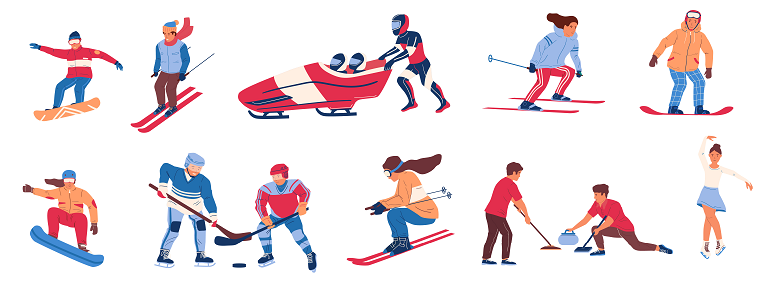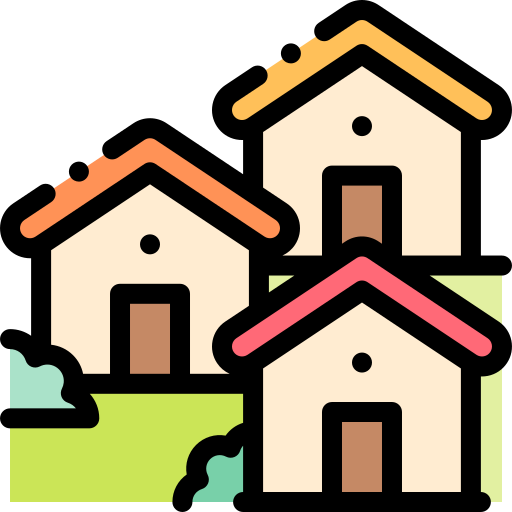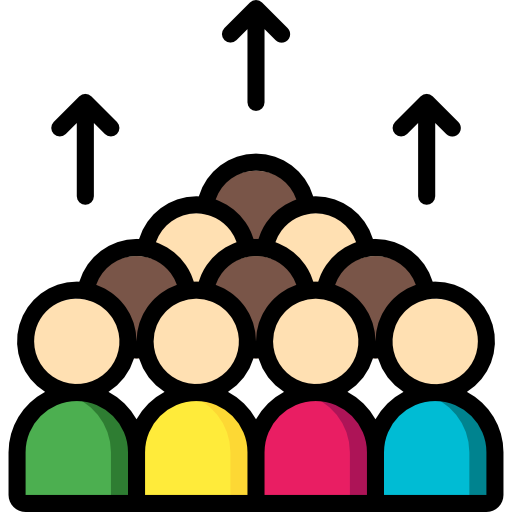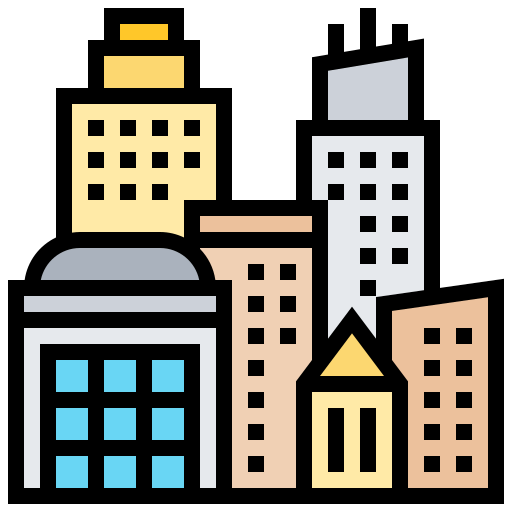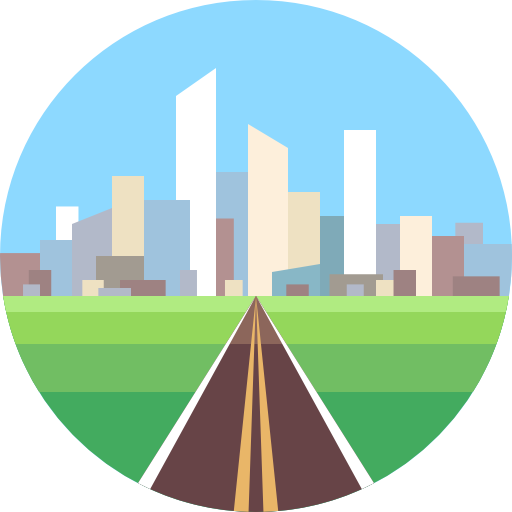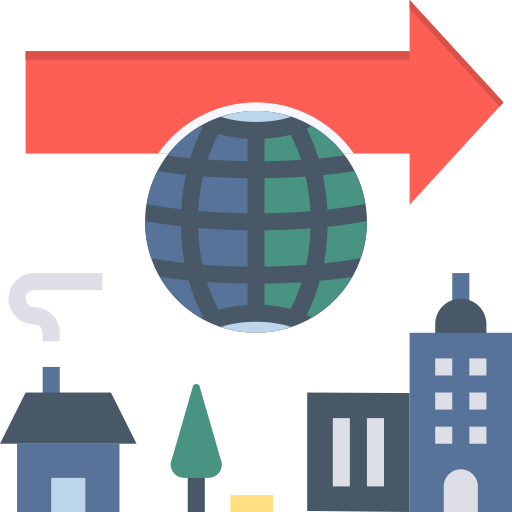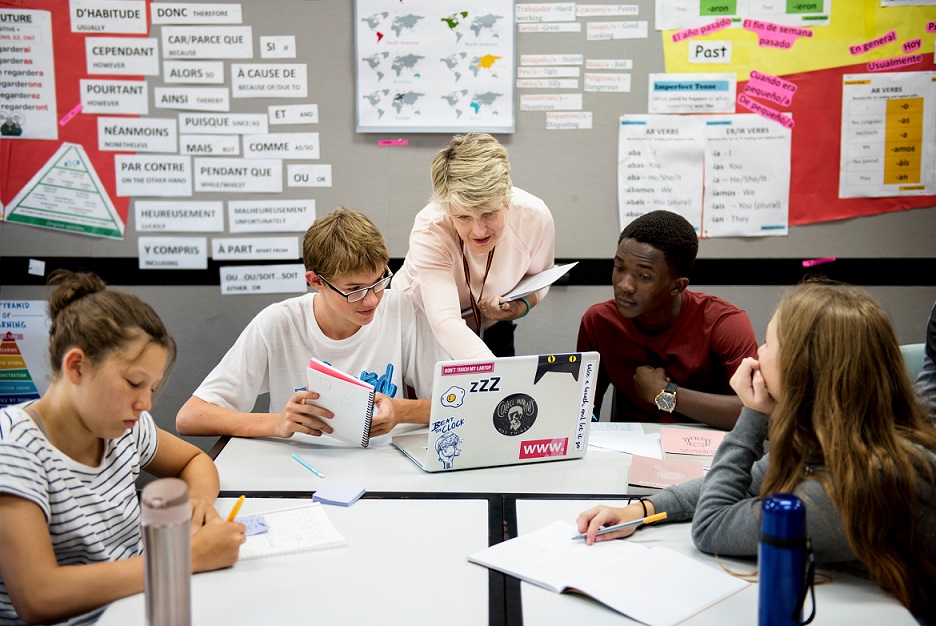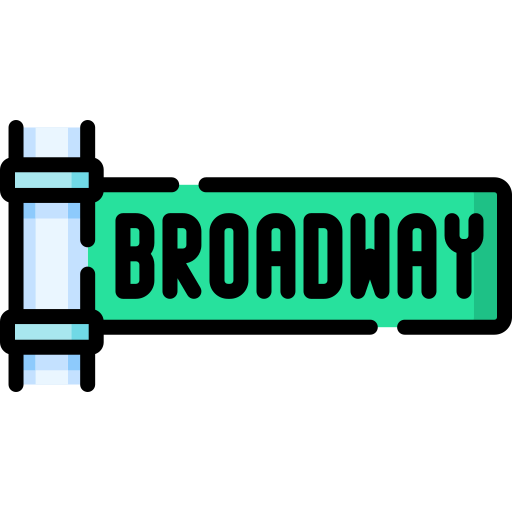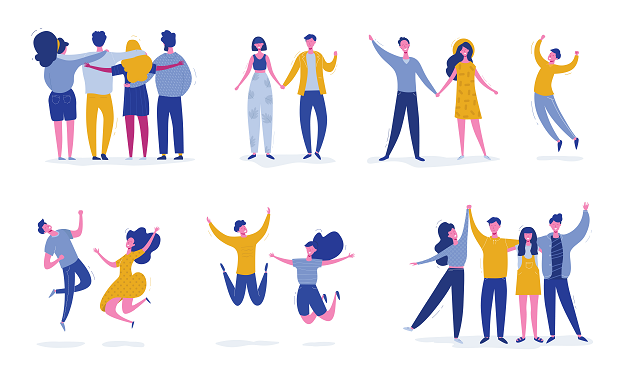PART A_1
We will read aloud the words below. Please repeat after me. I will check your pronunciation.
(Please send the mispronounced words and expressions to your student.)
PART A_2

| shelter |
保護施設
|
| protect |
保護する
|
| abandon |
捨てる、置き去る
|
| subsidy |
助成金、 補助金
|
| heal |
癒す
|
PART A_3
Now, let’s review some words from part A_2.
(Please review the mispronounced words and expressions from part A_2.)
PART A_4
PART A_5
Please look at the picture in part A_2. Give a maximum of three things that you see in the picture.
(If your student is having a hard time to answer, please move to the next activity.)
PART A_6
PART B_1
You will read aloud the passage below. I will check your pronunciation and intonation.
(Please send the mispronounced words and expressions to your student.)
PART B_2
Animal shelters are facilities where protected animals, mostly cats and dogs, are taken in. Shelters accept animals that have been abandoned by their owners, have completed their breeding roles, or have lost their places for selfish human reasons. The animals are then treated and cared for in shelters, both mentally and physically. Animal shelters work on numerous projects with the government and medical institutes, and they match animals with foster families.
However, even with government subsidies, such shelters can face financial difficulties. They need to spend a lot of money on facility operations, sanitation, medical treatment and feed, and personnel costs. Furthermore, no matter how many foster homes are found, the same thing will happen again unless the number of animals to be protected is reduced.
There are over 3,500 animal shelters in the United States as of the year 2022. Every year, approximately 6.3 million domesticated animals are surrendered to shelters in the United States. Annually, there are approximately 4.1 million animals adopted from shelters.
Pets bring a lot of happiness and healing, but it is important to remember that they are just as precious as we are and to raise them responsibly.
PART B_3
Now, let’s review some words and sentences from part B_2.
(Please review the mispronounced words and sentences from part B_2.)
PART B_4
PART B_5
I will ask the following questions. Please answer based on the passage. I will check if your sentences are complete and if the grammar is correct.
PART B_6
| 1. | What kinds of animals are taken into animal shelters? |
| Answer: | |
| 2. | What difficulties do animal shelters face? |
| Answer: | |
| 3. | How many animals are adopted from shelters in the United States, according to the passage? |
| Answer: |
PART B_7
Now, let’s review your answers.
(Please review your student’s answers by sending the correct answers in complete sentences. After that, ask your student to read aloud his or her corrected answers.)
PART B_8
PART C_1
Please construct sentences using each word below.
PART C_2
| protect | |
| abandon | |
| heal |
PART C_3
Now, let’s review your sentences.
(Please review your student’s sentences by sending them in complete sentences. After that, ask your student to read aloud his or her corrected sentences.)
PART C_4
PART D_1
Let’s study the example below. I will read the sample question, and you will read the sample answer.
PART D_2
|
Expression:
|
I agree…/I disagree… |
|
Sample Question:
|
Do you agree or disagree that animal shelters should continue adopting pets? |
|
Sample Answer:
|
I agree that animal shelters continue adopting pets so that we can save these precious animals. These shelters typically provide animals to people who want to adopt pets. That’s why it is advantageous to both animals and pet lovers. |
PART D_3
You will defend your opinion using the displayed expressions. Your answer should have at least two sentences.
PART D_4
| Expression: | I agree…/I disagree… |
| Question: | Do you agree or disagree that it is better to get pets from pet shops rather than animal shelters? |
| Answer: |
PART D_5
Now, let’s review your answer.
(Please review your student’s answers by sending the correct answers in complete sentences. After that, ask your student to read aloud his or her corrected answers.)
PART D_6
PART E_1
Now, let’s answer the following questions. Give at least two reasons to support your opinion.
I will check if your sentences are complete and if the grammar is correct.
I will check if your sentences are complete and if the grammar is correct.
PART E_2
| 1. | Do you think having pets in our lives is beneficial? |
| Answer: | |
| 2. | Do you agree with the rule that people who abandon their pets will be punished? |
| Answer: |
PART E_3
Now, let’s review your answers.
(Please review your student’s answers by sending the correct answers in complete sentences. After that, ask your student to read aloud his or her corrected answers.)
PART E_4
PART F_1
Let’s do a free talk about the following topic.
(Please do a free talk if you have time left.)
PART F_2
Do you have a pet?
If yes, what kind of animal? What is his/her name? Please tell me more.
If not, do you want to have a pet? Why or why not?
If yes, what kind of animal? What is his/her name? Please tell me more.
If not, do you want to have a pet? Why or why not?
PART F_3









